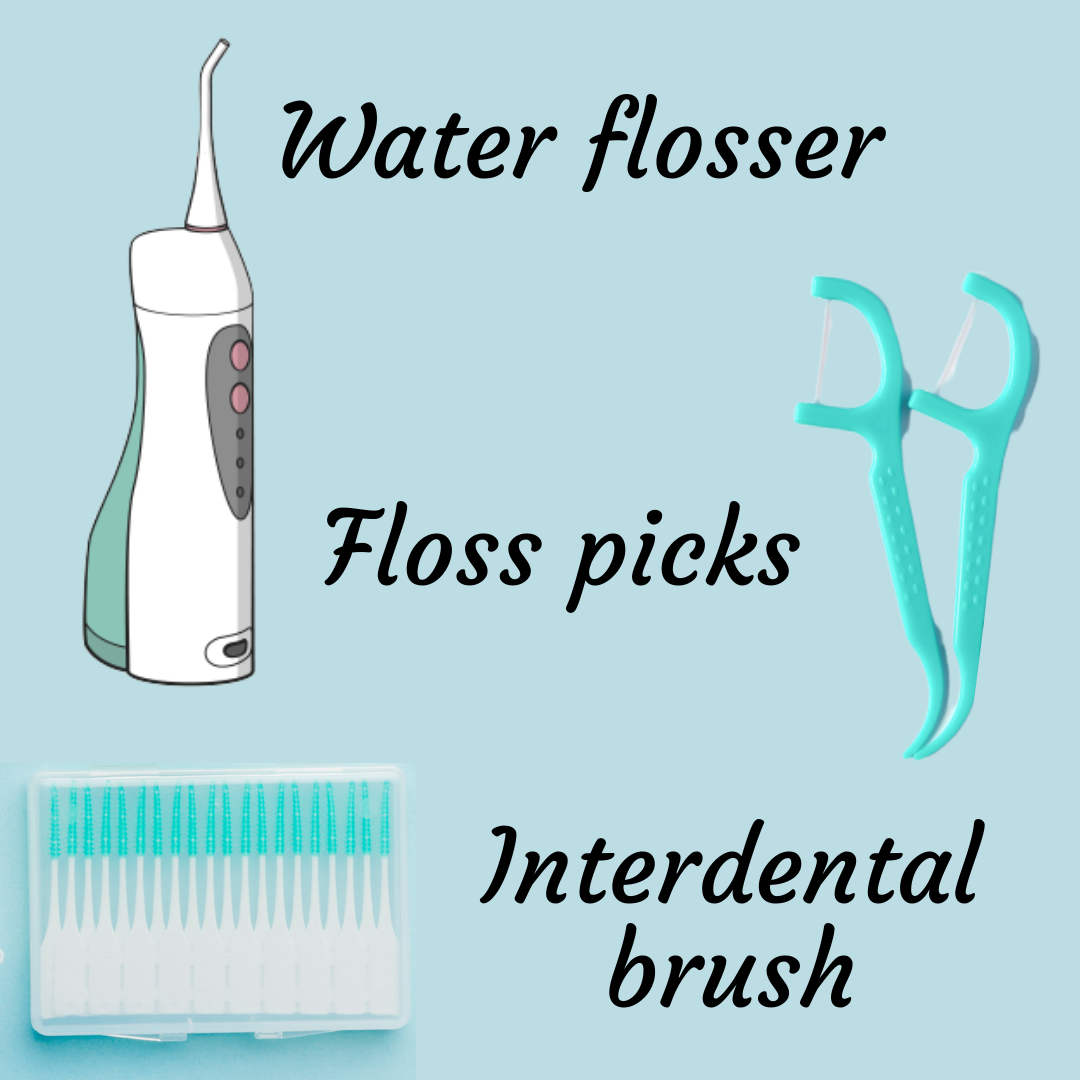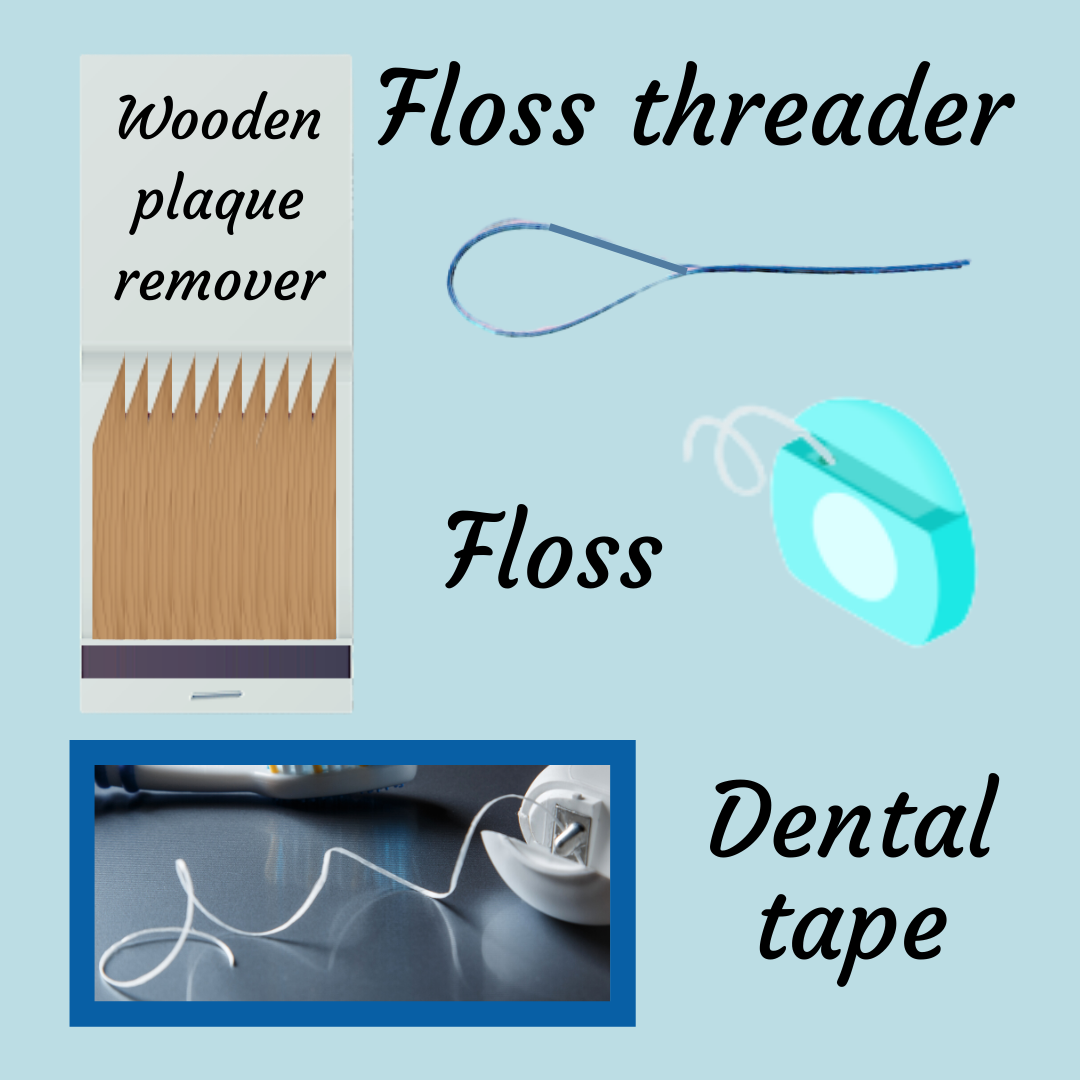As we head into colder, darker days, let’s discuss a topic that might send a chill down your spine: dental anxiety.
If you are petrified of the dentist, you’re in good company. According to the National Library of Medicine, dental anxiety affects approximately 36 percent of the population. These fears cause unpleasant mental and physical symptoms such as panic, sadness, anger, nausea, chills, dizziness, shaking, stomach pain, rapid heartbeat, and sweating.
While dental anxiety can seem irrational, it typically comes from a rational starting place. Personal causes vary, but here are a few common reasons people dread the dentist:
- Embarrassment. Some people are embarrassed by the condition of their teeth and gums and fear being judged for having poor dental hygiene. Others are embarrassed at the idea of strangers being up close and personal to look inside their mouth.
- Mental illness. Having a mental illness like anxiety or panic disorder will increase the odds of also having dental fear.
- Negative or painful past experiences. Bad experiences with dentists, especially in childhood, can lead to panic surrounding future dental visits.
- Past trauma. Abuse of any kind can lead to dental anxiety.
- Family history. Do you have a close family member who is afraid of the dentist or who has an anxiety or panic disorder? This can be passed on with genetics or be a learned behavior from childhood.
- Cost. A lack of dental insurance or money to pay for care can lead to years of delayed treatment. There is also anxiety surrounding the exact cost of the bill.
In some cases, people have such severe dental anxiety that it becomes a phobia. It is estimated that 3 to 5 percent of the population has dentophobia (an extreme fear of the dentist). If your fear of the dentist is intense enough to stop you from going even when you urgently need care, it’s possible you could have dentophobia.

Coping Methods
Even if you are part of the third of the population with dental fear, going to the dentist doesn’t have to be a frightening experience! There are an abundance of ways to handle dental anxiety and dentophobia, so there is likely to be at least one method that will work for you.
First and foremost, discuss your fears at the dental office. Making a consultation appointment in advance of any work being done will help you to get to know the dentist better, and you can talk through your specific worries to get a better idea of what to expect during treatment. Most dentists simply want to help patients get the help they need and have seen all kinds of dental problems, and they can work with you to come up with a plan that will minimize triggers and create a calm environment. You can also use the consultation to ask about whether sedation or medication is an option to help during future appointments.
Then, try some of these ideas:
- See a specialist. Treatments like cognitive behavioral therapy (CBT) and acupuncture have shown promise at helping patients manage their dental jitters.
- Stay distracted. It can help to listen to music or watch a show. If your dental office doesn’t provide entertainment options, bring a tablet or a phone that is pre-loaded with your favorite content.
- Bring a comfort person or object. If you have a close family member or friend who is willing to help you out, bring them to the appointment to supervise or advocate for your needs. If you have a plush toy, blanket, or other comfort item, it may be useful to bring it so that you can focus on staying calm.
- Use your imagination. Instead of focusing on the present, let your mind drift off into a less stressful scenario! Fantasize about relaxing on a beach or think about a memory of when you felt safe and comfortable.
- Treat yourself. Once you make it through the appointment, give yourself a treat. You’ve earned it! This can help build a more positive association with dental visits and provide motivation to go in the first place.
You don’t have to fear the dentist. With planning and patience, your next dental visit can be the best one yet.
Serramonte Dental Group
1500 Southgate Ave., Suite 210
Daly City, CA 94015
650-756-0938










 unwaxed. However, dental tape is much wider than floss and can clean more surface. If you have bigger hands or more space between your teeth, it’s recommended to use this.
unwaxed. However, dental tape is much wider than floss and can clean more surface. If you have bigger hands or more space between your teeth, it’s recommended to use this.
 overall health. The ADA recommends that you brush gently, in short strokes, and at a 45-degree angle for 2 minutes. This prevents the bristles from removing the enamel that protects your teeth. When brushing the backs of your teeth, it’s best to turn the brush vertically and make multiple short strokes on every tooth.
overall health. The ADA recommends that you brush gently, in short strokes, and at a 45-degree angle for 2 minutes. This prevents the bristles from removing the enamel that protects your teeth. When brushing the backs of your teeth, it’s best to turn the brush vertically and make multiple short strokes on every tooth. still apply, chewy or sticky candy can get stuck in your brackets. The sugar then reacts with the bacteria in your mouth creating a white film around the brackets. This substance is nearly impossible to clean and can cause extended acid attacks and increases your risk of cavities.
still apply, chewy or sticky candy can get stuck in your brackets. The sugar then reacts with the bacteria in your mouth creating a white film around the brackets. This substance is nearly impossible to clean and can cause extended acid attacks and increases your risk of cavities.